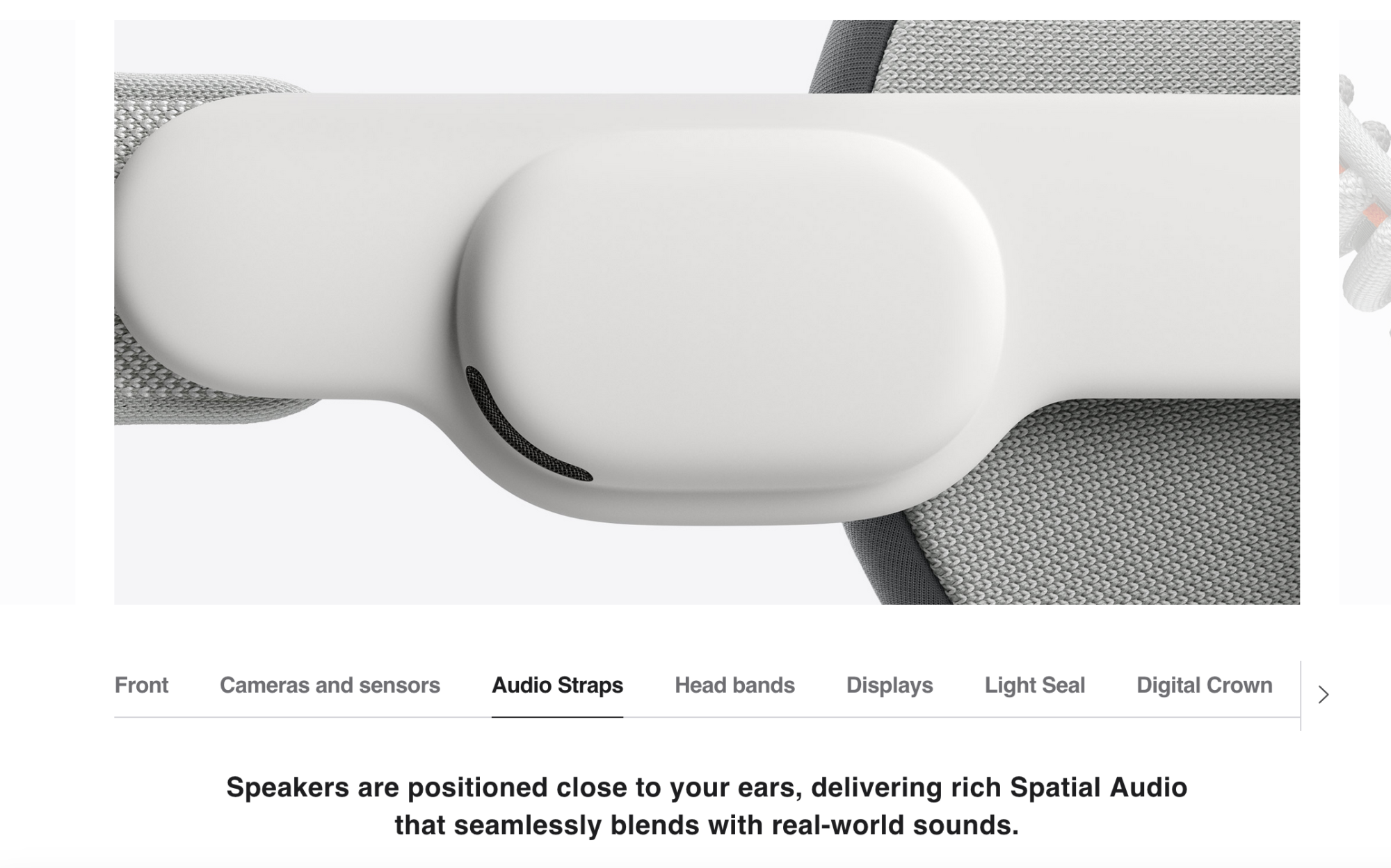## AirPods with Tiny Cameras? Apple’s Next Big Move Might Be Weirder Than You Think
Remember when we thought the craziest thing Apple could do with AirPods was add a self-cleaning feature? Think again. Whispers from the tech grapevine suggest that Apple’s next AirPods iteration could be packing a serious – and some might say, creepy – surprise: built-in cameras.

Infrared Eyes: Peering into the Technology
Beyond the Buzz: A Look at Apple’s Infrared Sensor Plans

Apple’s exploration of integrating infrared sensors into future AirPods has sparked considerable interest within the tech community. This move, as hinted at by Bloomberg’s Mark Gurman, aligns with the company’s broader strategy to enhance its devices with AI capabilities. While the idea of AirPods equipped with outward-facing cameras might seem unconventional, it’s important to remember that these cameras would primarily function as infrared sensors.
Face ID’s Little Cousin: Comparing the Technology
The technology behind these proposed infrared sensors echoes Apple’s existing Face ID system found in iPhones. Face ID utilizes infrared sensors to project and analyze a user’s facial structure, enabling secure biometric authentication. Applying a similar technology to AirPods would provide a new dimension to user interaction and device functionality.
Data Stream: How Infrared Sensors Could Enhance AirPods Functionality
Infrared sensors offer a range of potential benefits for AirPods. By capturing data about the user’s environment and movements, these sensors could significantly enhance several key features:
- Spatial Audio Refinement: Infrared sensors could enable AirPods to track head movements with greater precision, resulting in a more immersive and personalized spatial audio experience. Imagine your AirPods adjusting the audio soundscape in real-time as you turn your head, creating a truly cinematic effect.
- Gesture Control: The potential for in-air gesture control opens up exciting possibilities for interacting with devices using hand movements. This could eliminate the need for physical buttons or touchscreens, allowing for a more natural and intuitive user experience.
- Environmental Awareness: Infrared sensors could help AirPods become more aware of their surroundings. This could be used to automatically adjust volume levels based on ambient noise or even trigger specific actions based on detected objects or movements.
Spatial Audio Revolution: Cameras for a More Immersive Experience
Head Tracking: Personalizing Sound with Every Move
Apple has already made significant strides in spatial audio technology, and the addition of infrared sensors to AirPods could take this to a whole new level. By tracking the user’s head movements with greater accuracy, AirPods could dynamically adjust the audio soundscape to match their position. This means that sounds would appear to originate from their intended location in the virtual space, creating a more realistic and immersive listening experience.
Synergy with Vision Pro: The Next Level of Augmented Reality
The vision for Apple’s Vision Pro headset, a mixed-reality device, strongly suggests a future where AirPods and Vision Pro work in tandem to provide a truly seamless and immersive augmented reality experience. Gizmoposts24 anticipates that the infrared sensors in future AirPods will play a crucial role in this synergy. Imagine wearing Vision Pro and AirPods while watching a 3D movie. As you turn your head, the sound would move with you, creating a truly cinematic experience that envelops you.
A Glimpse into the Future: Potential Applications Beyond Music
The idea of adding tiny cameras to future AirPods is no longer a distant concept. Apple is exploring this possibility, and the potential applications extend far beyond music playback. As we delve into the future of AirPods, it’s essential to consider the implications of gesture control and in-air interaction.
Gestures Control: AirPods as an Extension of Your Hands
- Gesture recognition technology has the potential to revolutionize the way we interact with devices. By leveraging the capabilities of AirPods with outward-facing cameras, Apple can create a seamless and intuitive experience.
- The integration of infrared sensors in AirPods can enable “in-air gesture control,” allowing users to interact with devices using hand movements. This technology has the potential to simplify device control and open up new possibilities for accessibility.
- Accessibility: In-air gesture control can enable people with disabilities to interact with devices in a more intuitive and accessible way.
- Health and wellness: AirPods with outward-facing cameras can monitor users’ vital signs, track their fitness goals, and provide personalized health recommendations.
- Smart home automation: In-air interaction can enable users to control their smart home devices, such as lighting, thermostats, and security cameras, with ease.
In-Air Interaction: A New Era of Intuitive Control
In-air interaction has the potential to transform the way we interact with devices. By leveraging the capabilities of AirPods with outward-facing cameras, Apple can create a more intuitive and user-friendly experience.
Imagine being able to control your music, answer calls, and navigate through your phone’s interface without touching your device. This is the future of in-air interaction, and it’s closer than you think.
Real-World Applications: Beyond Just Music Playback
The potential applications of AirPods with outward-facing cameras extend far beyond music playback. Here are a few examples:
Challenges and Possibilities: The Road Ahead for Gesture-Based Tech
The integration of gesture-based technology in AirPods is not without its challenges. However, the potential benefits far outweigh the drawbacks.
One of the primary challenges is ensuring that the technology is accurate and reliable. However, Apple’s expertise in machine learning and AI can help overcome this challenge.
Another challenge is ensuring that the technology is user-friendly and intuitive. However, Apple’s focus on user experience can help create a seamless and enjoyable experience.
The Timeline: When Can We Expect These Visionary AirPods?
The timeline for the release of AirPods with outward-facing cameras is still unclear. However, Apple supply chain analyst Ming-Chi Kuo has provided some insight into the company’s plans.
Mass Production and Launch Date Predictions
According to Kuo, Apple plans to mass produce new AirPods with infrared cameras by 2026. This suggests that the new AirPods will be available for purchase in 2026 or 2027.
While this timeline is speculative, it provides a rough estimate of when we can expect these visionary AirPods to hit the market.
The Role of Supply Chain and Manufacturing
The supply chain and manufacturing process play a crucial role in the development and production of AirPods with outward-facing cameras.
Apple’s expertise in supply chain management and manufacturing can help ensure that the new AirPods are available on time and meet the company’s high standards.
Factors that Could Influence the Release Timeline
Several factors can influence the release timeline of AirPods with outward-facing cameras.
- Technical challenges: The development of gesture-based technology requires significant technical expertise and resources. Any technical challenges can delay the release of the new AirPods.
- Supply chain disruptions: Disruptions in the supply chain can delay the production and availability of the new AirPods.
- Market demand: The demand for AirPods with outward-facing cameras may be higher than expected, which can influence the release timeline.
Conclusion
In a recent revelation, Apple’s plans for the next generation of AirPods have taken a fascinating turn, sparking intense speculation among tech enthusiasts. As per the latest reports from MacRumors, the tech giant is allegedly working on incorporating tiny cameras into its iconic wireless earbuds. This development has significant implications for the audio industry, and it’s not hard to see why. The integration of cameras will potentially enable features such as augmented reality experiences, video calling, and even gesture recognition, revolutionizing the way we interact with our earbuds.
The significance of this development cannot be overstated. By pushing the boundaries of what’s possible with AirPods, Apple is poised to redefine the standard for wireless earbuds, further solidifying its position as a leader in innovative audio technology. As we move forward, it’s likely that other manufacturers will follow suit, leading to a new wave of camera-enabled earbuds that will change the way we experience sound forever. The possibilities are endless, and the future of audio technology has never looked brighter.
As we await the release of these revolutionary AirPods, one thing is clear: the lines between audio and visual technology are blurring at an unprecedented pace. With the advent of camera-enabled earbuds, we’re on the cusp of a new era in immersive audio experiences. The question is: what other innovations will Apple – and the industry as a whole – push the boundaries of in the years to come? One thing is certain: the future of audio technology is about to get a whole lot more interesting.


Add Comment